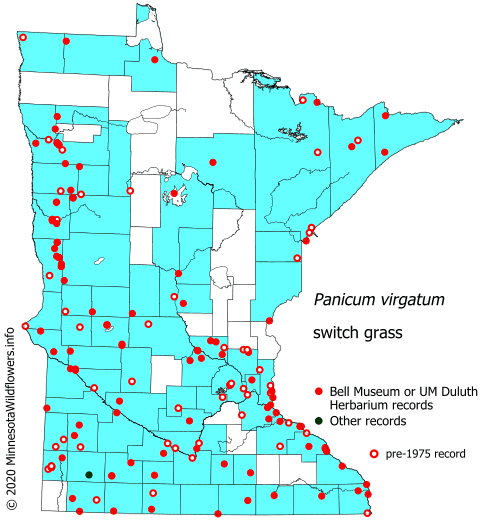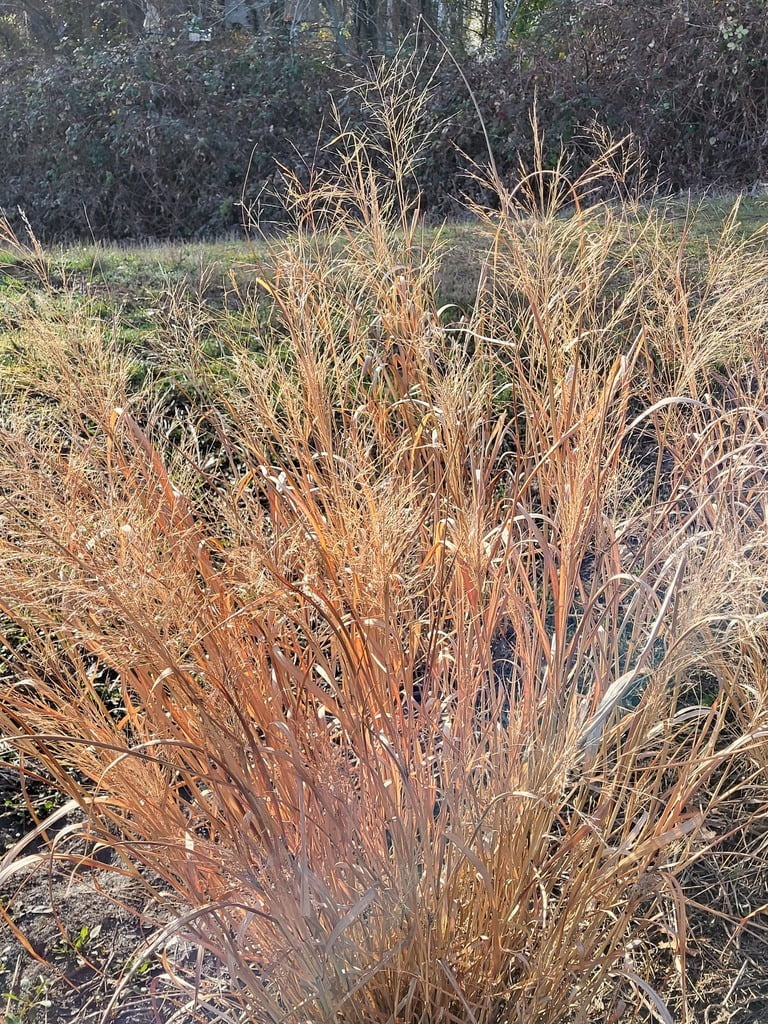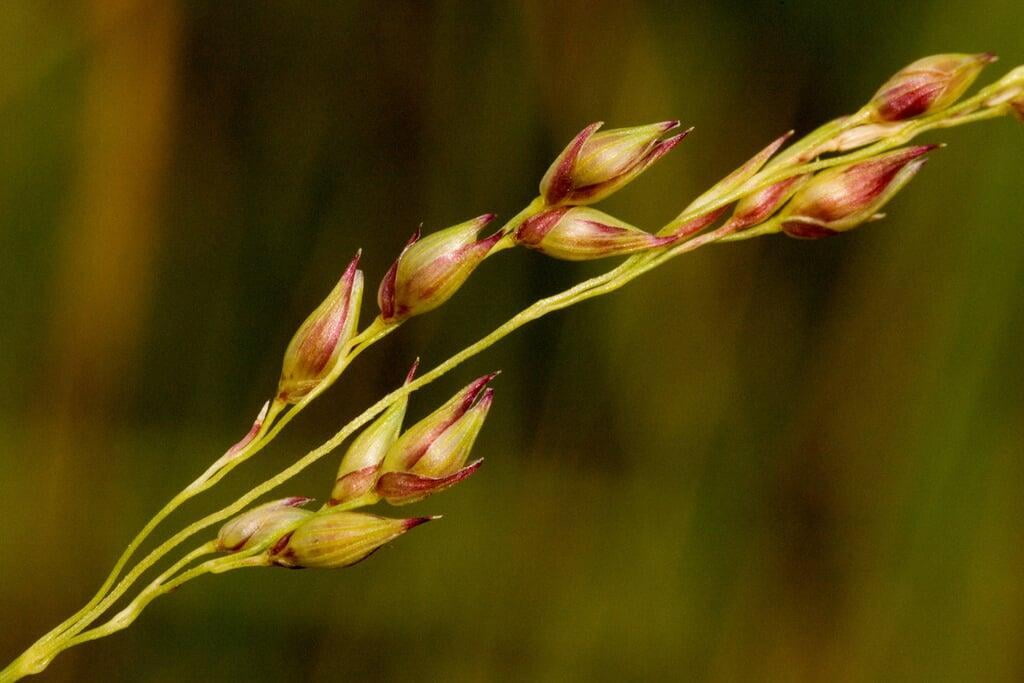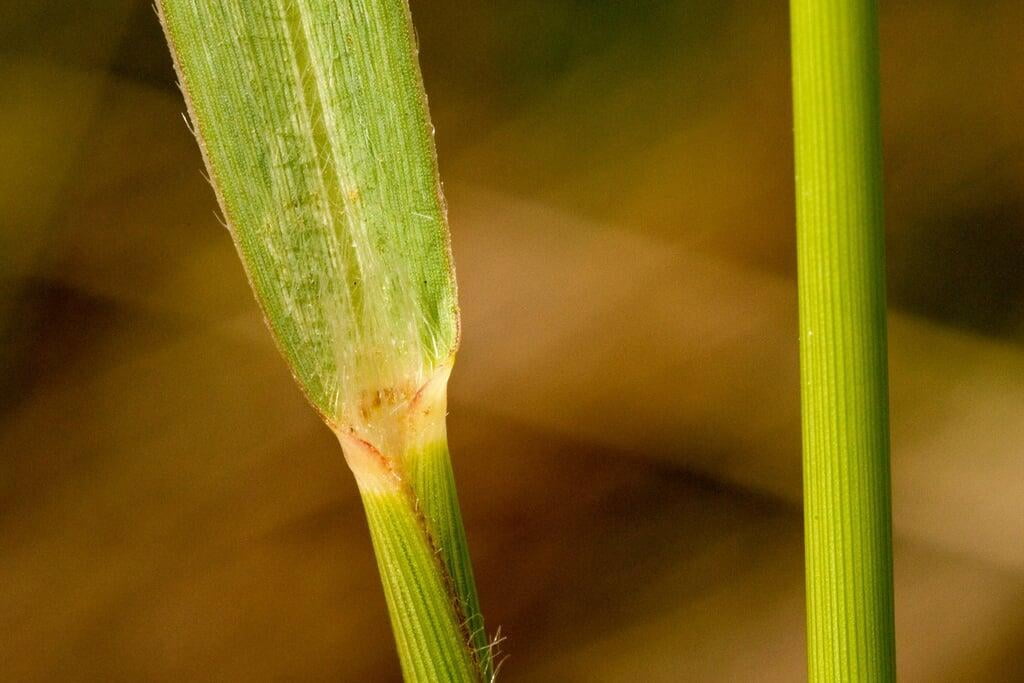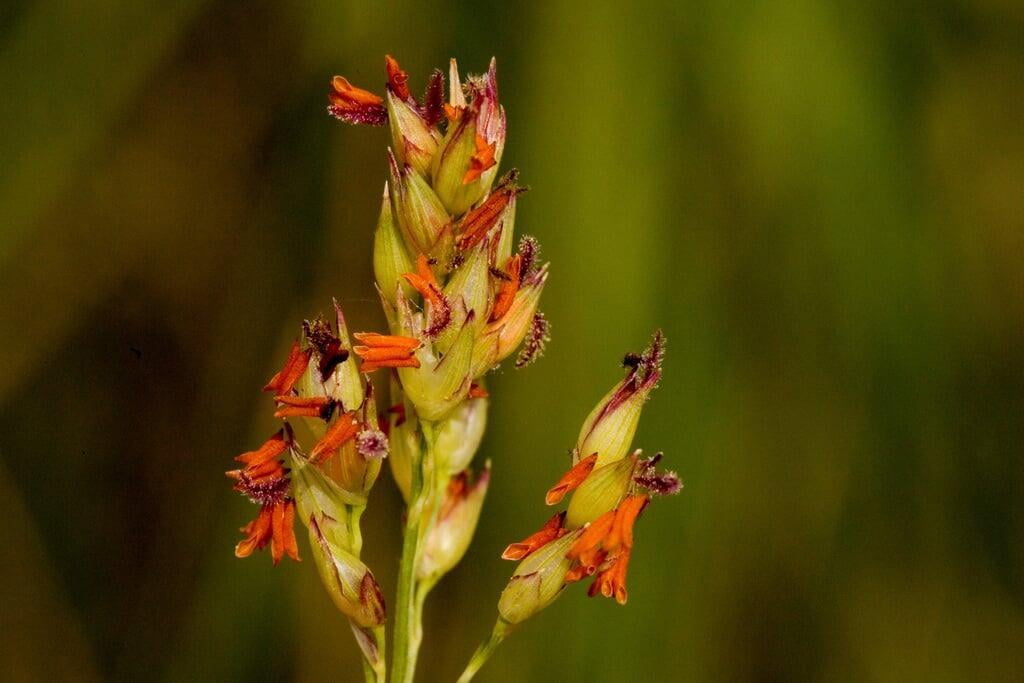Panicum virgatum
Switch grass Description:
Panicum virgatum, commonly known as switchgrass, is a warm-season native perennial grass species that is found throughout North America. The plant can grow up to 6 feet tall and has a dense root system, making it an effective soil stabilizer.
Switchgrass is an important species for wildlife habitat, providing cover and food for birds, small mammals, and insects. The plant is also a valuable forage source for livestock and has gained attention as a potential biofuel crop due to its high biomass production and ability to grow on marginal lands.
Switchgrass has a deep root system that allows it to thrive in a variety of soil types, including poor soils. It prefers full sun and can tolerate drought and flooding, making it an ideal species for restoration and erosion control projects.
Switchgrass is also a popular ornamental grass due to its attractive appearance, with its blue-green foliage turning to golden hues in the fall. The plant can be grown in gardens or used as a tall border or screen. Overall, Panicum virgatum is a versatile and important species with a range of ecological and economic uses.
Native Range:
Switch grass can be found throughout the United States with the exception of the West coast states. In Minnesota, Switch grass is found in most regions across the state.
Standard Plant Information:
Plant height: 3' - 6'
Fruiting time: June - August
Preferred habitat: Does well in part shade to full sun. Often found in prairies, savannas, open woods, dunes, and roadsides.
Sowing:
For most homeowners, the best option is to scatter seed on the ground by hand broadcasting at a minimum of 15-16 pls lbs per acre. For even coverage, we recommend that you broadcast seed in perpendicular rows across the site to ensure even coverage.
Planting:
Simply dig a hole in the soil slightly larger than the plant’s roots. Ensure that the soil line of the plant is maintained during the transfer (i.e. the plant should be at the same level with the ground as it was in the pot). Pack any loose dirt back around the plant and make sure you water it well the same day to ensure it has the best chance of survival.



